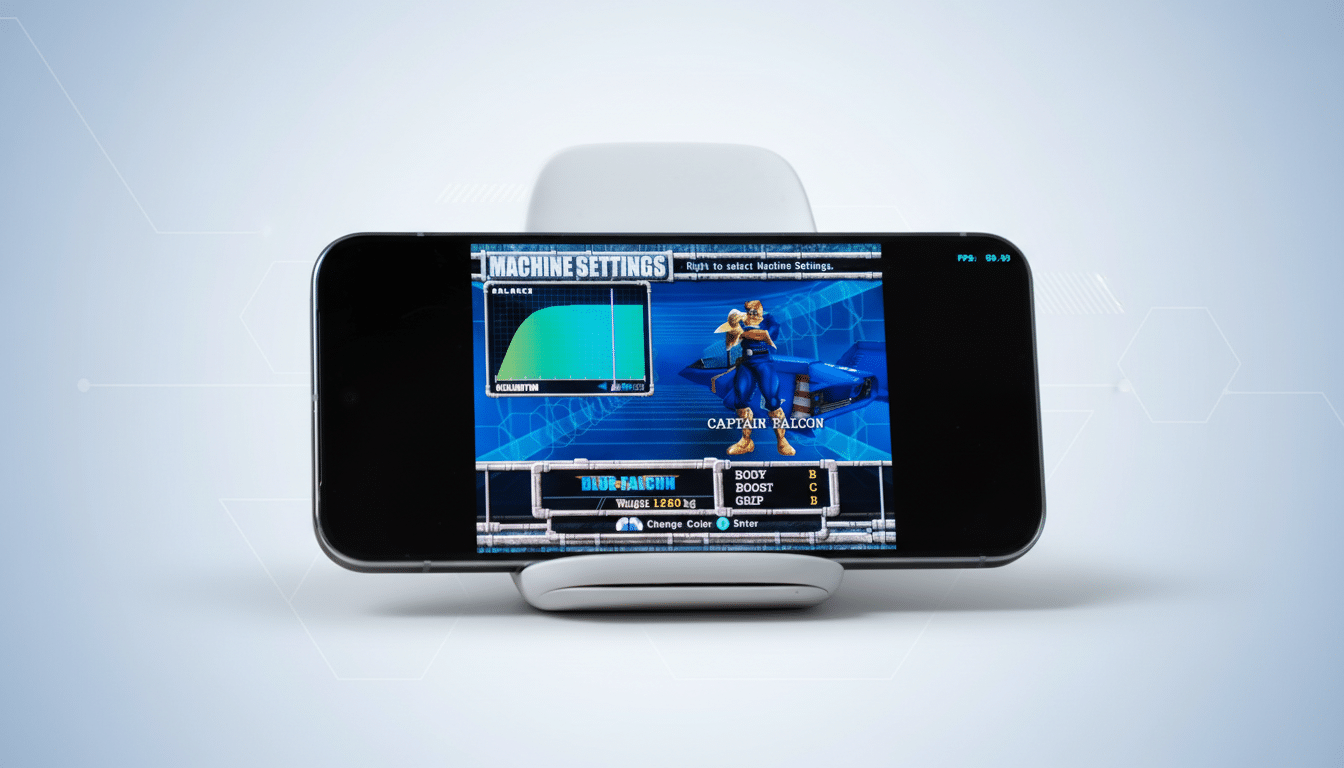Can you get extra frames out of a phone by pretending to be an emulator in the benchmark app? New testing suggests yes — sometimes dramatically — though with it comes scorching temperatures and brutal battery drain.
What is a spoof emulator and why does it exist on Android?
Some Android emulators now bundle “spoof” APKs that masquerade as different apps — frequently as recognizable benchmarks. The idea is to activate device-centric performance profiles phone manufacturers keep ready for certain titles or benchmark whitelists. The end result can be higher CPU and GPU clocks, less throttling, and better frame rates in challenging games.
- What is a spoof emulator and why does it exist on Android?
- What are OEM app whitelists and how they unlock performance
- What lab-style testing shows about spoofing performance gains
- The hidden costs: heat, battery drain, and stability risks
- When spoofing helps and when it doesn’t on gaming phones
- Security and policy considerations of sideloaded spoofed APKs
- The bottom line on spoof emulators, performance, and trade-offs

This habit developed because most phones do not run all applications at maximum power by default. OEMs will tune for thermals and battery life, then give a peak-performing mode to only their recognized workloads: popular games or benchmark suites.
What are OEM app whitelists and how they unlock performance
Manufacturers usually have app-based performance policies. When the system recognizes a whitelisted package name, it can loosen the reins on power limits, thermal thresholds, and scheduler behavior. The approach isn’t new: past controversies at OnePlus and Samsung pointed to app-specific throttling and exemptions for benchmarks, while UL Solutions (the firm behind 3DMark) has delisted phones in the past when optimizations veered into cheating.
These rules are even more explicit with gaming phones. Device “X-Mode” equivalents often drive the SoC to extreme power states — but some profiles still use scaling based on the detected app. That’s what spoofing aspires to: leaping to the top rung of that ladder.
What lab-style testing shows about spoofing performance gains
In a controlled run on an ASUS ROG Phone 9 Pro with the Snapdragon 8 Elite, emulating Crysis through GameHub Lite (a spoofed APK pretending to be a benchmark) provided a clear uplift versus the default emulator package. Our peak frame rate was as high as 120 before dropping to an average around 60, with intense warfare hovering around 45 instead of dipping into the mid-20s.
Splitting the test into three, that’s an average frame rate uplift of 18%, 34%, and 54%. The trade-off was brutal: mean power draw rose by 73%, 82%, and even an astounding 139% for those same sections. The internal temperature increased from around 40°C to about 51°C at the end of a 12.5-minute session — deep into “too hot to hold” ranges with a bare controller grip.
The phone briefly let power draw climb to over 16.4 W (enough for the SoC) — much higher than what many devices can sustain comfortably for long play without ramping down from thermals. That’s the momentary glee: you get the frames, but you pay in heat and battery life.

The hidden costs: heat, battery drain, and stability risks
Shoving a handheld to near-desktop power levels will build heat quickly. As surface temps climb, it contributes to both discomfort and stability hazards; the system eventually throttles to safeguard the device. Battery life can drop by half — or even worse — when power draw doubles or triples during long scenes.
Extended sessions, too, raise the risks to nearby components, which the battery in particular loathes — since it begins aging faster when subjected to sustained high temperatures. Accessory cooling or external fans can help but add bulk and noise and don’t really cure the underlying efficiency gap.
When spoofing helps and when it doesn’t on gaming phones
If you are trying to squeeze more out of resource-intensive PC-to-Android ports or high-end emulation that hovers just below room temperature, spoofing can make the difference between jittery and smooth. It excels in short, show-off sessions where you can put up with a bit of heat, even if it means faster battery drain.
Ages-old console emulation limited to 30 fps or 60 fps may see moderate or even no gains, particularly on phones that already show a lot of love to known emulators. And not every phone responds the same: some OEMs apply a wider range of performance modes, while others shut it all down across the board, rendering the trick pointless.
Security and policy considerations of sideloaded spoofed APKs
Spoofed APKs tend not to originate from legitimate app stores. That raises the usual specters: signature health, update paths, and policy evasions. Though changing a package name isn’t malicious in and of itself, sideloading is inherently risky. Security researchers and platform developers always warn to be careful with any untrusted or altered packages.
The bottom line on spoof emulators, performance, and trade-offs
Yes, spoof emulators can increase game performance — up to 50% in some cases — in the right situation. But the uplift is powered by an equally sharp leap in power and temperature, which takes a heavy toll on battery life and comfort, and could have implications for sustained stability.
If you’re gaming a demanding title and every extra frame helps, and you can put up with heat, noise, and shorter sessions, spoofing can be a practical lever. For the everyday mobile gamer, smarter settings, cooler-friendly frame caps, and more balanced performance modes are still the better long-game strategy.

